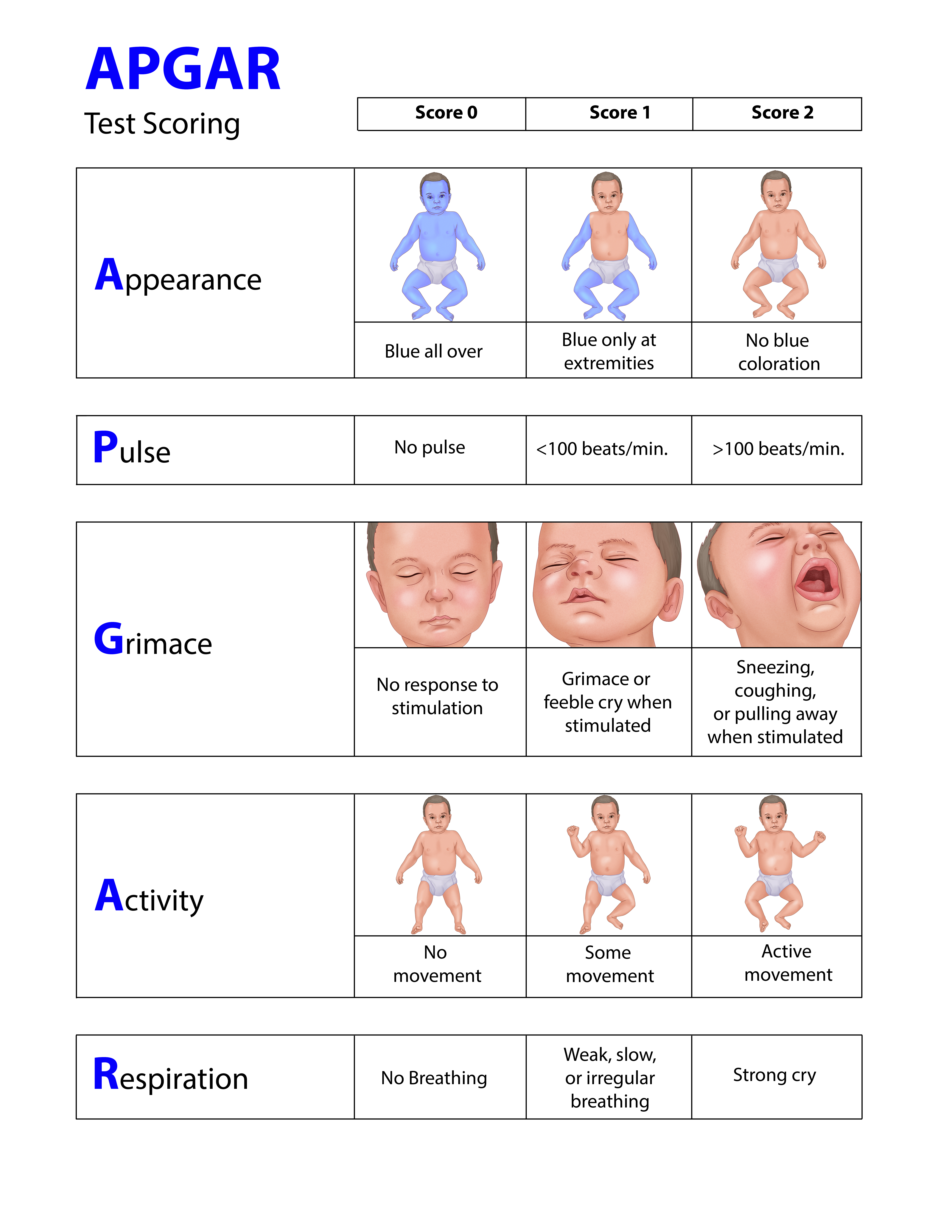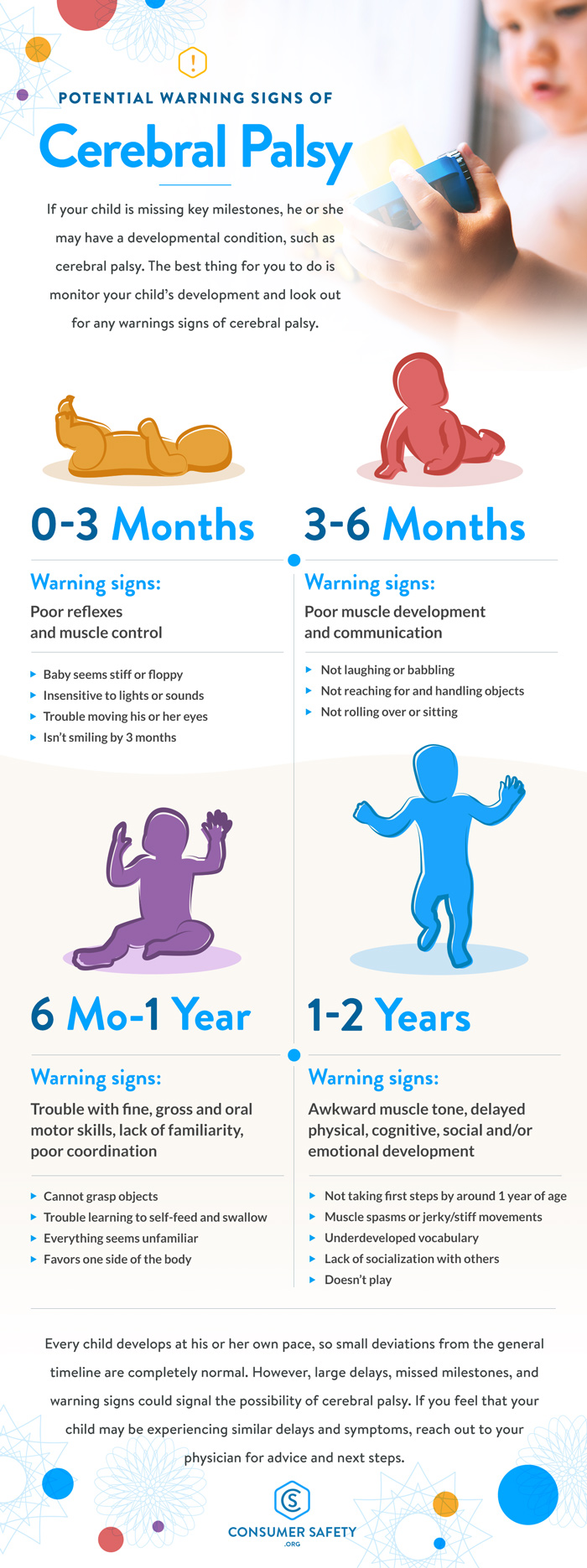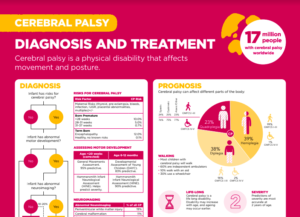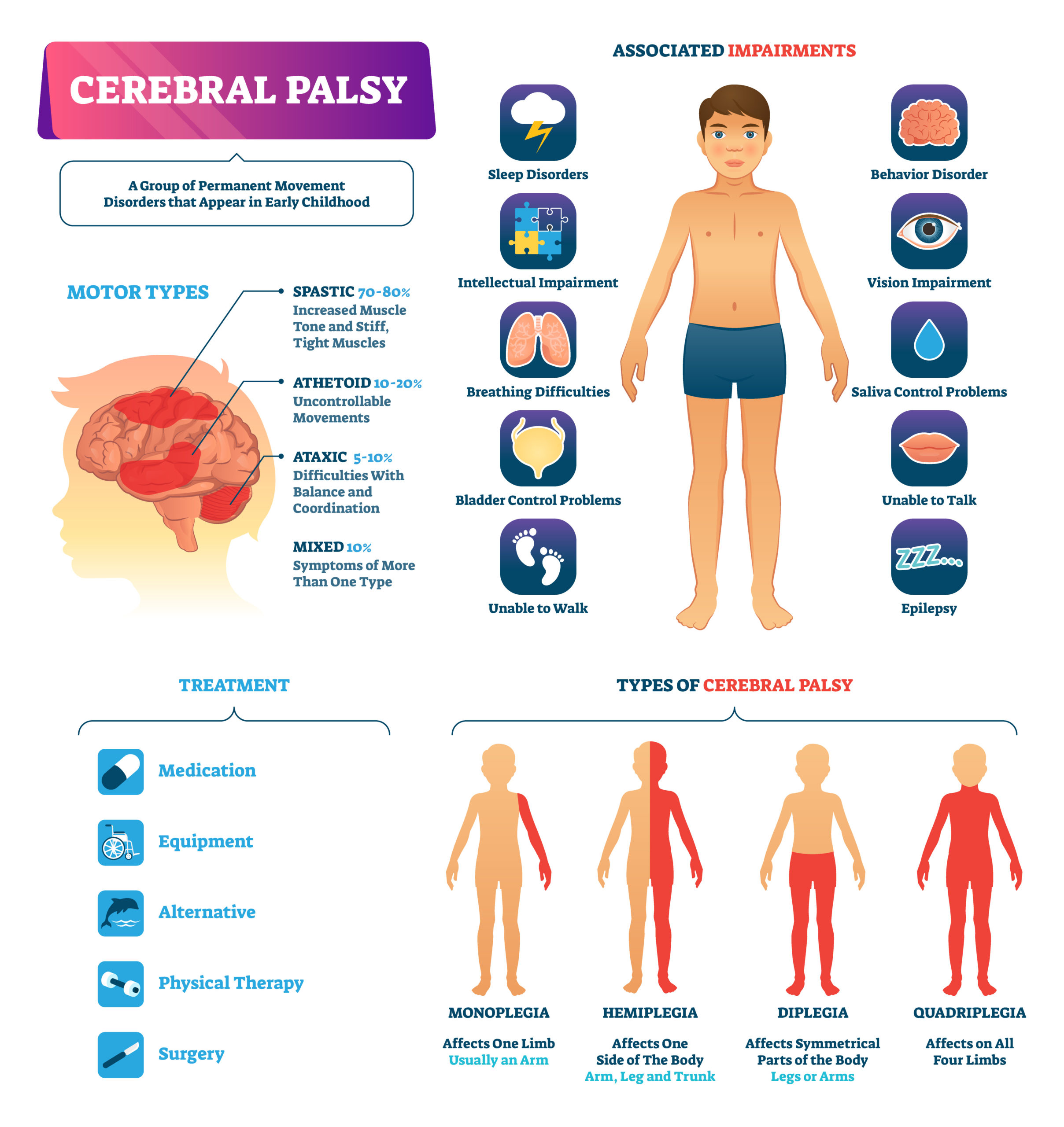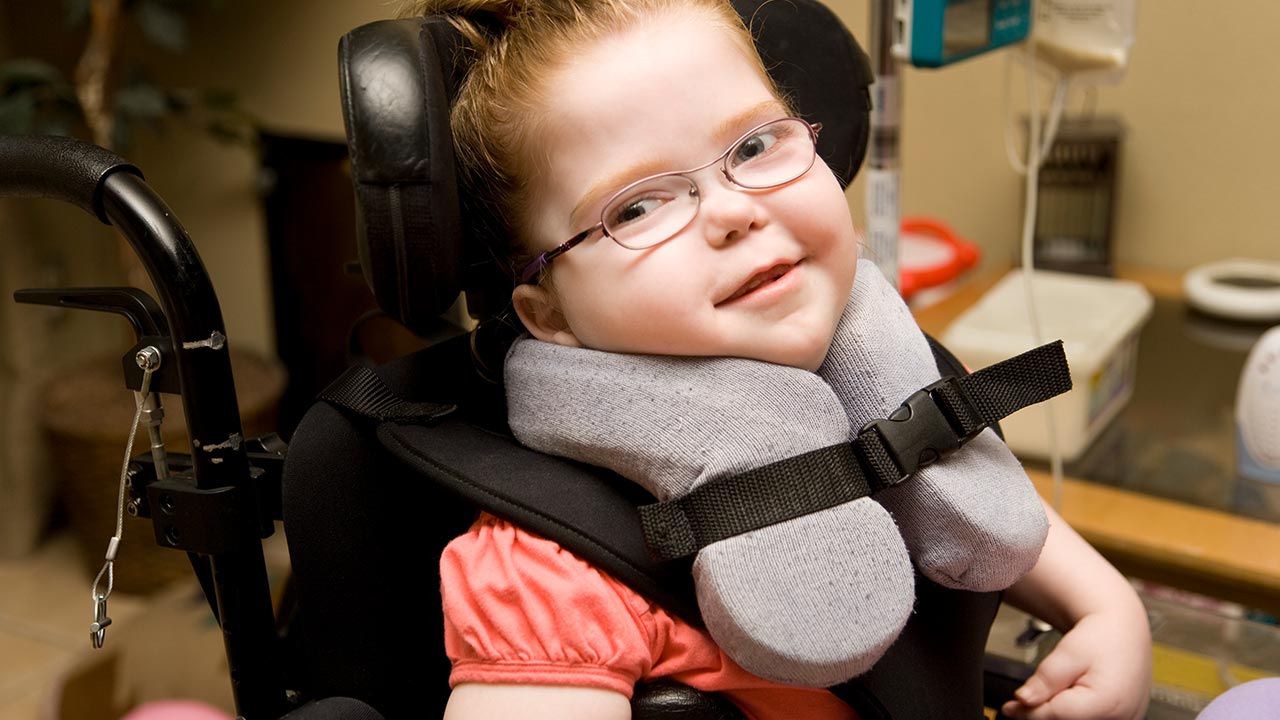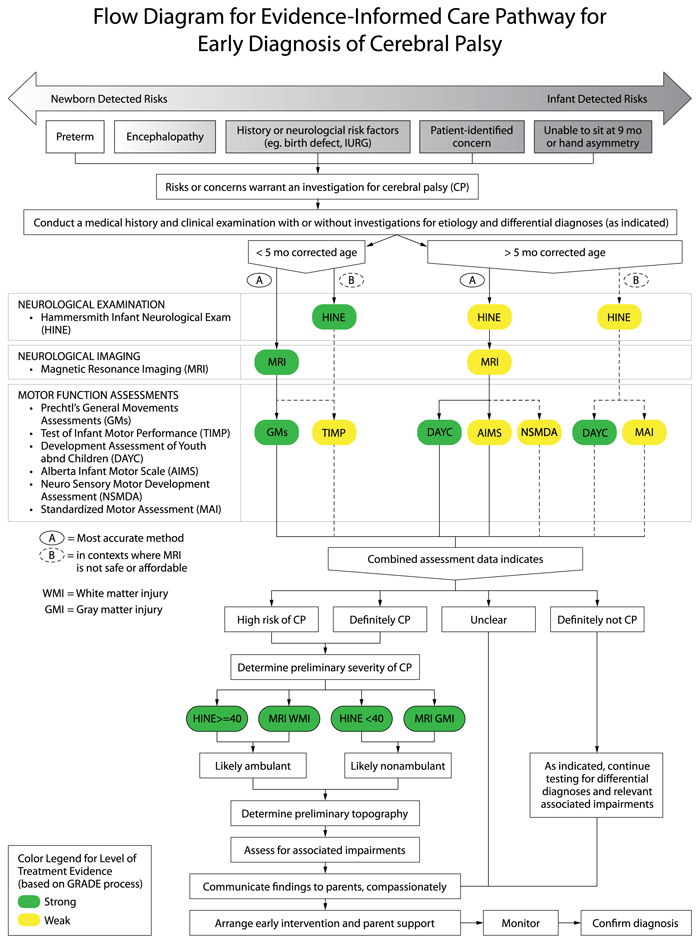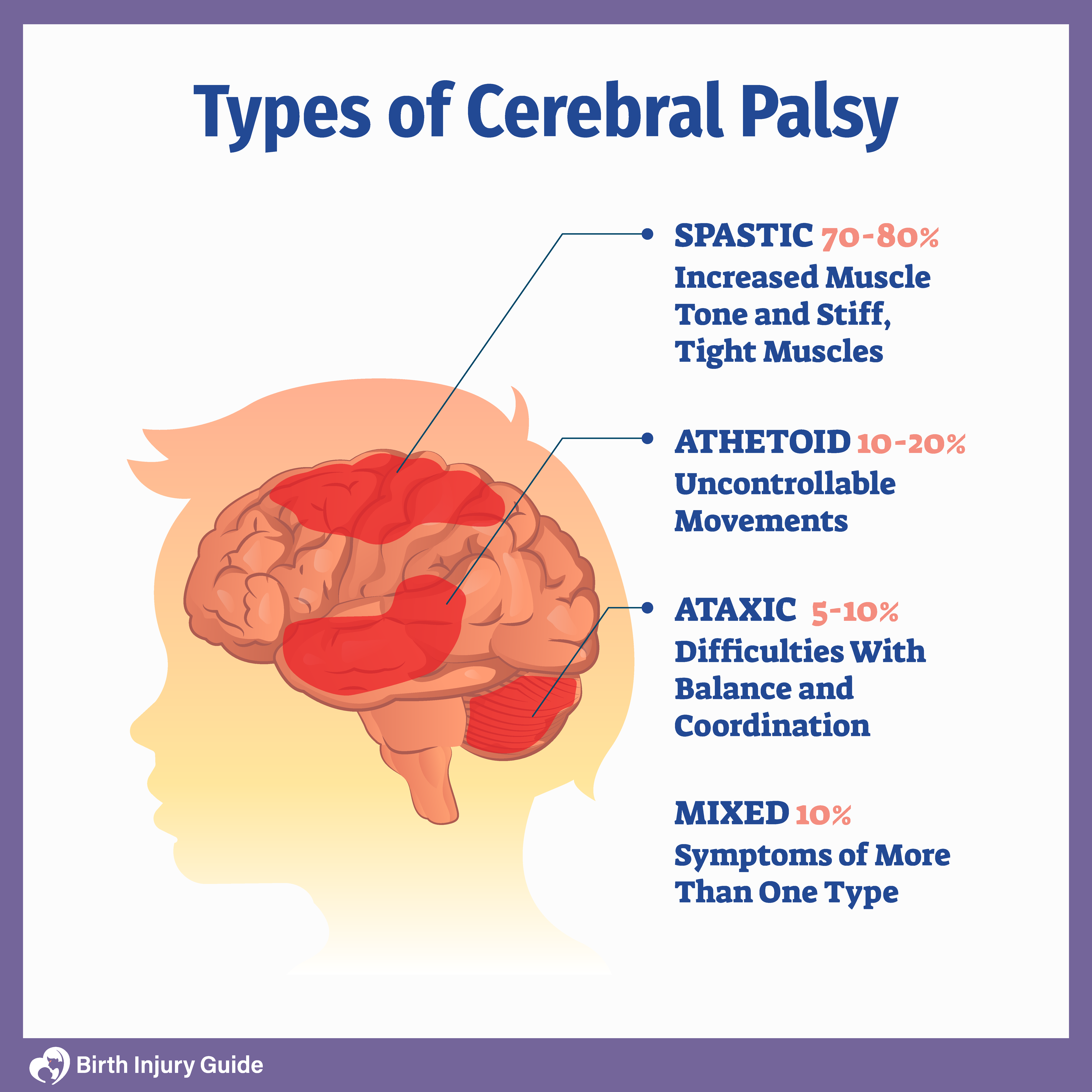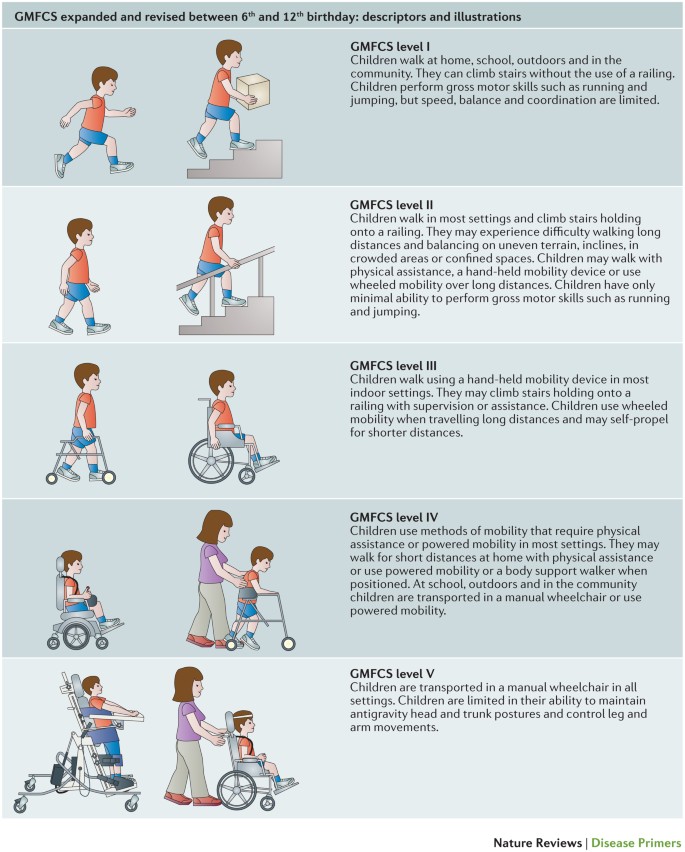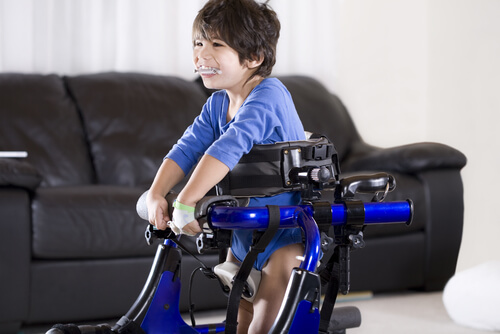Can’t-Miss Takeaways Of Tips About How To Detect Cerebral Palsy
/cerebral-palsy-symptoms1-5adf7175119fa800374ccd63.png)
Following an observational diagnosis by a physician or pediatrician, multiple scans and tests are conducted to check your child for neurological irregularities.
How to detect cerebral palsy. (a) hammersmith infant neurological evaluation (hine) detects. Laboratory tests for cerebral palsy chemistry panels are routine tests performed on blood to gauge a person’s overall health. Because there is no test that definitely confirms or rules out cerebral palsy, other conditions must be excluded from the list of possible causes, and cerebral palsy must be fully consid… see more
Using neuroimaging to diagnose cerebral palsy magnetic resonance imaging (mri) is a test that uses a magnetic field and pulses of radio wave energy to make pictures of the. Those with “newborn detectable risks” have clear risk. Cerebral palsy is a group of disorders that affect movement and muscle tone or posture.
Medical evaluation in a medical evaluation, a child is examined to diagnose the specific condition or disorder that is causing the child’s developmental delays, such as cerebral. What types of tests help diagnose cerebral palsy? The child is slow to reach milestones such as rolling over, sitting, crawling, and walking.
A computed tomography (ct) scan captures detailed images of the brain which are used by healthcare providers to detect. Additional tests if your child is diagnosed with cerebral palsy, you'll likely be referred to. Embracing a life with cerebral palsy.
Though there are no tests to definitively diagnose cerebral palsy, information. Developmental delay, abnormal growth charts, impaired muscle tone, and abnormal reflexes are early indications of cerebral palsy. If these tests are positive and a.
They are useful in analyzing. It's caused by damage that occurs to the immature, developing brain, most often before birth. The international guidelines specify two primary types of very young patients who should be evaluated for cerebral palsy.
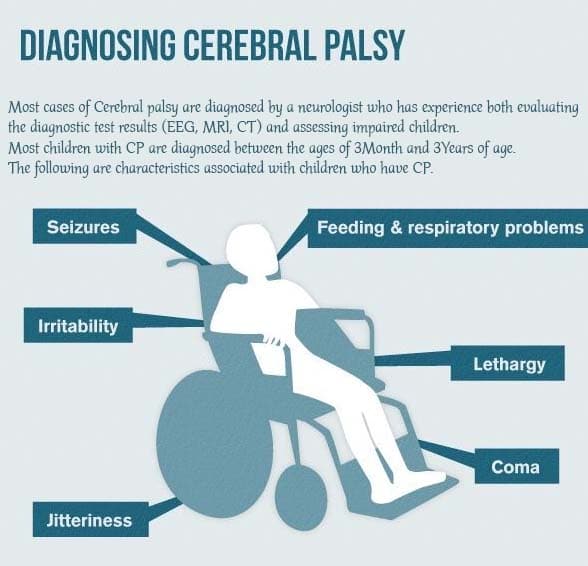
/cerebral-palsy-diagnosis-5adf7246119fa800374ce4b4.png)
